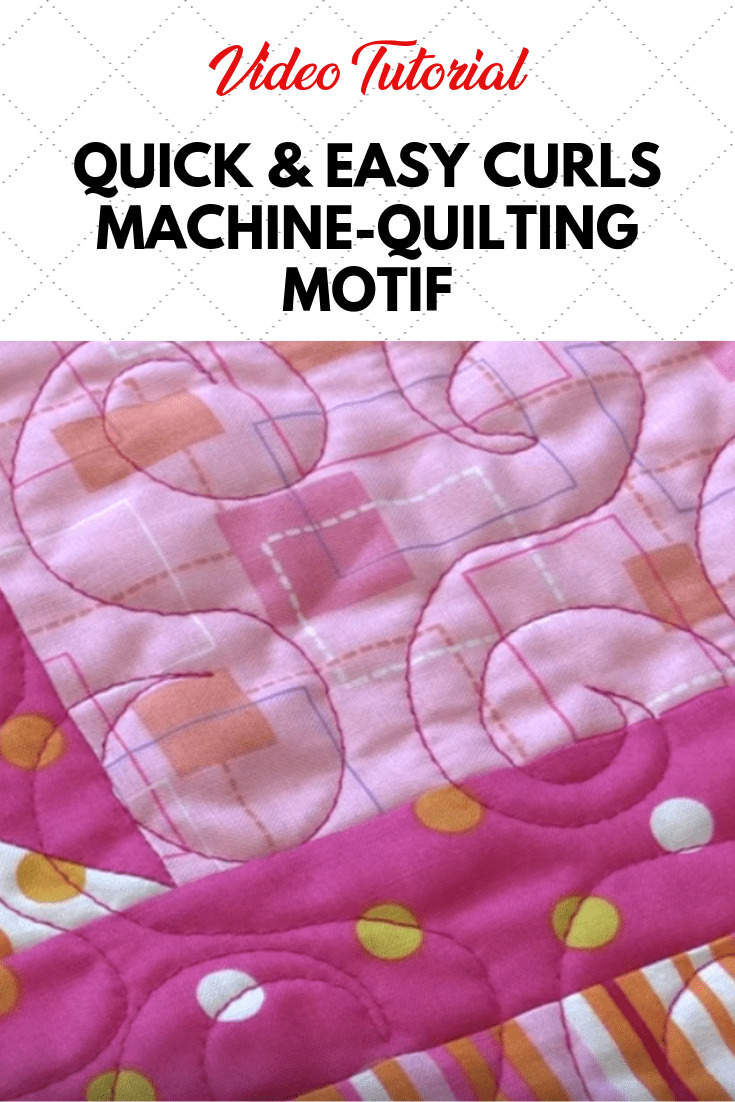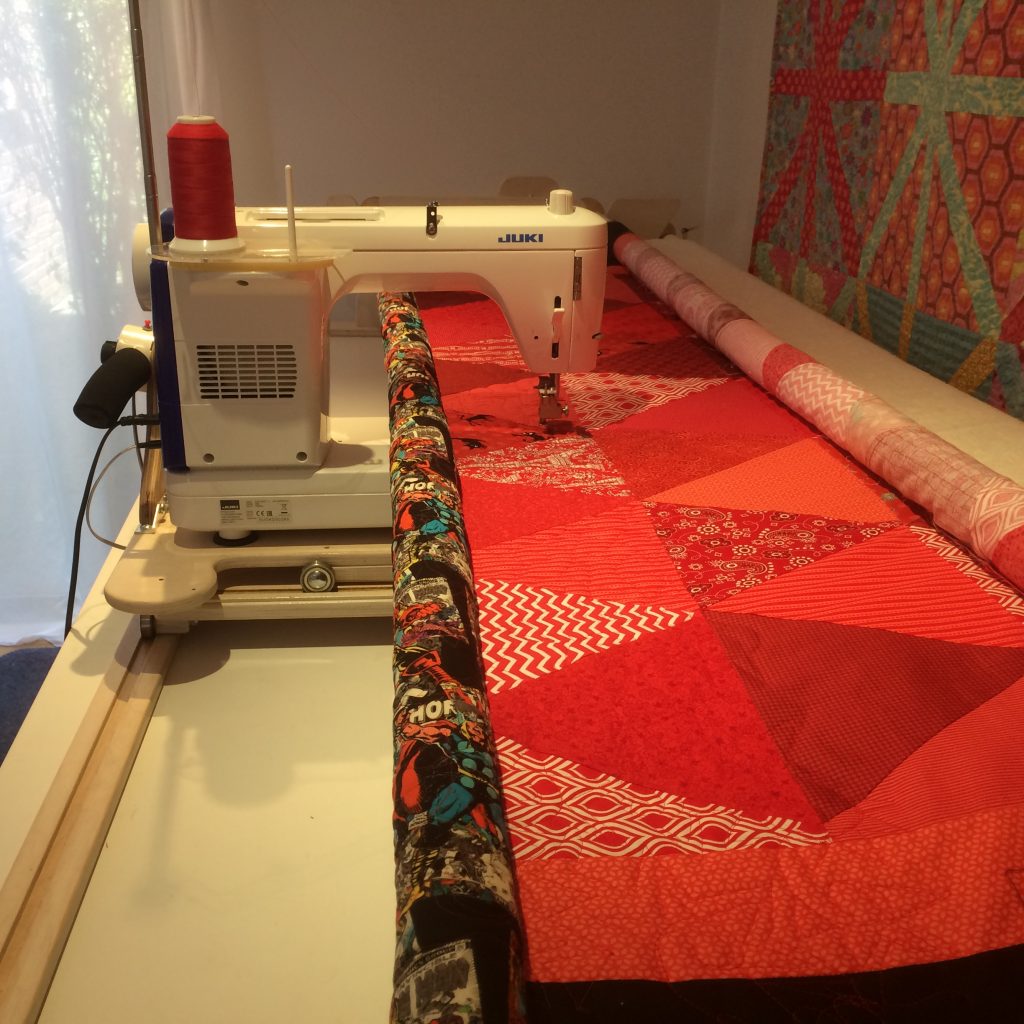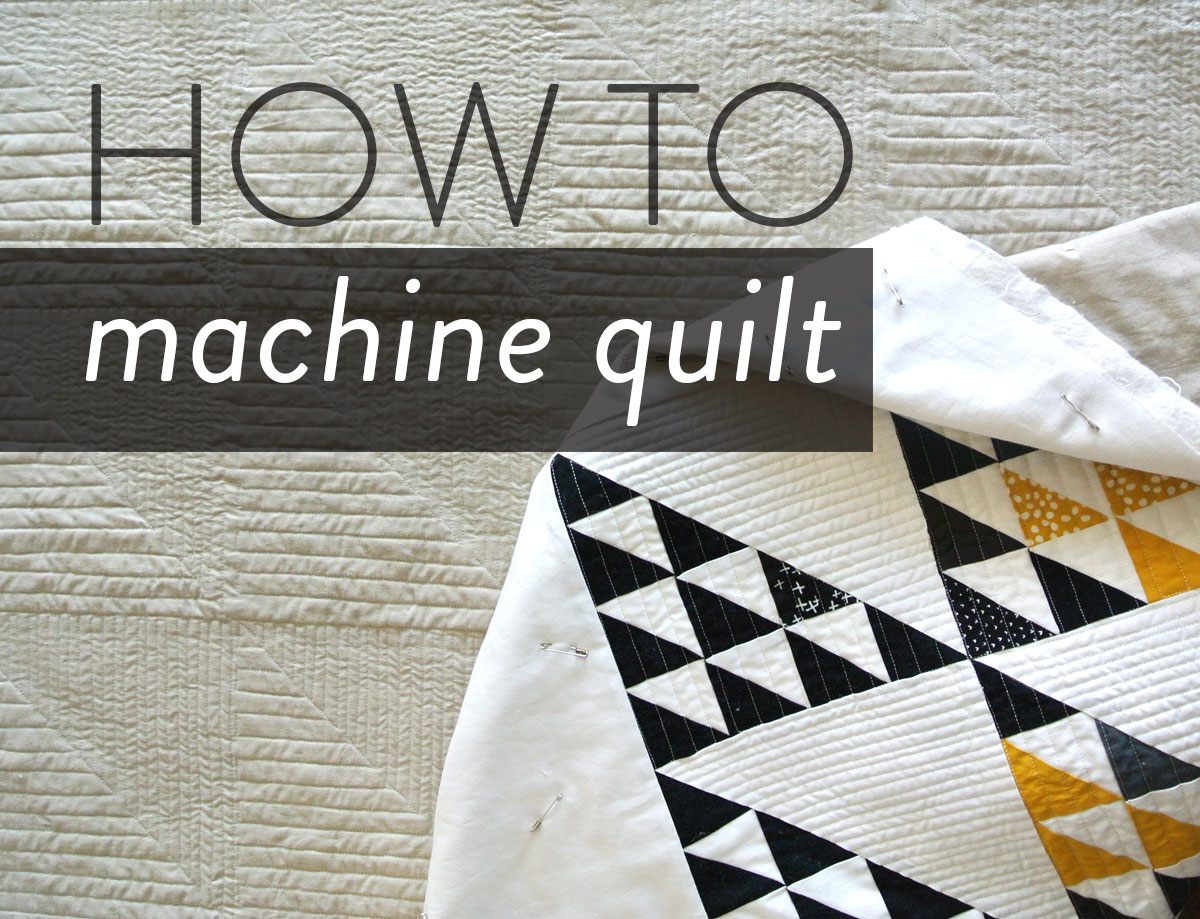Are you a beginner looking to learn how to free motion quilt on a regular sewing machine? If so, you’ve come to the right place. This step-by-step guide will help you understand the basics of free motion quilting and equip you with the knowledge you need to get started. With this guide, you’ll learn how to adjust your sewing machine’s settings, how to choose the right fabrics and batting, and how to practice the quilting stitches. By the end of this article, you will be able to confidently create a beautiful quilting project on your regular sewing machine.
What is Free Motion Quilting?

Free Motion Quilting is a specialized quilting technique that involves the use of a regular sewing machine to create decorative designs. It is used to embellish quilts by stitching intricate patterns onto the quilt top with free-moving fabric. It is an essential step in the quilting process and can be used to create quilting designs that are unique and personal.
- The quilter guides the fabric with their hands as the needle stitches the fabric.
- The fabric is held taut and the quilter controls the speed, direction, and depth of the stitches.
- Free motion quilting can be used to create a variety of quilting designs ranging from geometric and abstract patterns to repetitive motifs and stippling.
- It is also possible to create custom quilt designs using free motion quilting.
- Free motion quilting requires practice and patience to master and can be used to create unique and beautiful quilts.
If you are interested in learning how to free motion quilt on a home machine, there are a few steps to consider before getting started. First, you’ll need to select the right quilting fabric and thread. You’ll also need to adjust the tension and the stitch length on your machine, as well as select the desired stitch type. Finally, you’ll need to practice the technique on a few scrap pieces of fabric before quilting your project.
Preparing the Sewing Machine for Free Motion Quilting

Thread the Machine
Thread the machine with all-purpose thread, which has the right balance between strength and flexibility. Match the thread color to the quilt top, or choose a contrasting one. Wind the bobbin and ensure the bobbin thread is pulled up.
Change the Presser Foot
Replace the regular presser foot with a darning foot, or a free-motion quilting foot. This foot has a small hoop in the center that allows the fabric to move freely underneath the needle.
Adjust the Tension
Adjust the tension so that the top and bottom threads form a balanced stitch. This will ensure a consistent stitch throughout the quilt.
Lower the Feed Dogs
The feed dogs are the metal pieces that help guide the fabric through the machine. For free-motion quilting, they must be lowered so the fabric can move freely beneath the needle.
Choose the Right Needle and Thread
Use a sharp needle with the right size for the quilt fabric. Test the needle on a scrap piece of fabric to make sure it won’t leave holes. Match the thread weight to the fabric weight, as a heavier thread might cause puckering.
With these steps, you can easily free motion quilt on a regular sewing machine. For quilting without a free motion piece, a walking foot is an essential tool and will help keep the layers of fabric from shifting as you sew.
How to Quilt Free Motion on Standard Machine

Draw the Pattern
Before beginning free motion quilting on a standard sewing machine, it is important to draw the quilting pattern on paper. This will help the quilter visualize how the quilting should look when it’s finished. The pattern should be kept simple, with no intricate curves or sharp turns.
Hoop the Fabric
Once the pattern is drawn, the quilter needs to hoop the fabric. This ensures that the fabric will stay in place while the quilting is being done. The fabric should be hooped tightly, but not so tight that it stretches the fabric.
Start Quilting
The quilting can now begin. The quilter should lower the feed dogs on the sewing machine and select a free motion quilting foot. This will help the quilter to move the fabric around as the quilting is done.
Manually Guide the Fabric
The quilter should then slowly and carefully guide the fabric around the quilting pattern. This can be done with the hands or with a quilting ruler. The fabric should be moved slowly and in a continuous motion to ensure that the quilting is even.
Move the Quilting Pattern
Once the quilting pattern is complete, the quilter should move the quilting pattern to another area of the fabric. This will allow the quilter to add more quilting and give the quilt more texture and depth. The quilting should be done in a continuous motion until the entire quilt is finished.
How to Top Quilt Without a Free Motion Piece

Select a Stitch
For top quilting without a free motion piece, the straight stitch works best. It is the most basic stitch, and it will help you to guide the fabric as you work.
Adjust the Stitch Length and Width
Adjust the stitch length to a medium-length setting. This will provide the necessary tension for quilting.
Adjust the stitch width to a medium setting as well. This will help to ensure that the stitches are even and straight.
Start Quilting
Once the settings have been adjusted, you can begin quilting. Start with one side of the quilt, and work your way around.
Manually Guide the Fabric
As you quilt, it is important to manually guide the fabric. This will help to ensure that the stitches are even and straight. Make sure that the fabric is taut, and move it slowly as you stitch.
How to Quilt for Beginners
Start With Simple Patterns
Free motion quilting on a regular sewing machine is a great way to start quilting. Beginners should start with simple patterns to get familiar with the technique. Straight lines, circles and swirls are some of the basic patterns that can be tried.
Practice on Samples
Once a beginner has become comfortable with the basic patterns, it is important to practice on samples before starting a quilt. This will help the quilter become more comfortable with the technique.
Choose the Right Thread for Your Quilt
The right thread is essential to successful quilting. Choosing the right thread will make it easier to stitch and create beautiful quilts. Consider the color, fiber content and thickness of the thread when selecting.
Don’t Rush
Most importantly, don’t rush when quilting. Take time to learn the technique and practice before starting a quilt. Quilting takes time and patience, but the results will be worth it.
Frequently Asked Questions
What type of sewing machine works best for free motion quilting?
- Good Speed Control: Look for a sewing machine that offers a good degree of speed control; this allows you to set the machine to a slow speed for intricate details, and increase the speed when you need to cover larger areas.
- Smooth Feed: Feed dogs are the small metal pieces which help pull the fabric through the machine. Look for a machine with a smooth feed that allows for even movement of the quilt fabric.
- Needle Up/Down Option: When free motion quilting, you need to be able to drop your needle into the quilt and stop with the needle down. The needle up/down option allows you to do this easily.
- Compatible Feet: A regular machine will usually come with a walking foot, but you can also get a free motion quilting foot and a low shank darning foot. Make sure the machine you choose is compatible with these feet.
- Good Quality: Choose a machine which is of good quality and has a good reputation. A good machine will last longer and will have fewer problems.
Is it necessary to purchase a special foot for free motion quilting?
No, it is not necessary to purchase a special foot for free motion quilting. Most sewing machines come with a darning foot, which is also known as a free motion foot, that can be used for free motion quilting. If your regular sewing machine foot is not suitable for free motion quilting, you can purchase a free motion quilting foot or a free motion quilting attachment.
Are there any tips to help me control the speed of my machine while free motion quilting?
Practice: Regular practice is the best way to master free motion quilting and gain control over the speed of the machine. It is important to move slowly and evenly in order to create the desired patterns.
Heavyweight Tension: Heavyweight tension can be used to control the speed of the machine. This helps to keep the fabric from slipping and allows for consistent stitching.
Foot Pedal: The foot pedal should be used to control the speed of the machine. The foot pedal should be pressed lightly and slowly in order to avoid jerky movements and achieve an even stitch.
Lower Machine Speed: Lowering the machine speed in the settings of the machine can help to control the speed of the machine. This will make it easier to control the speed of the machine and achieve an even stitch.
What type of fabric should I use for free motion quilting?
Fabric choice is important when free motion quilting. Look for a medium weight cotton fabric that is not too stiff. Avoid fabrics that are too fluffy or slippery. For the best results, choose fabrics that are 100% cotton, or a cotton/polyester blend. Batting should also be chosen carefully. Look for batting that is low-loft, which will help prevent fabric puckering.
What Techniques Should I Use to Practice Free Motion Quilting?
Start with Simple Shapes: Begin by practicing basic shapes like circles, ovals, spirals and waves. This will help you build confidence and you can start to understand your machine’s movements and learn how to control them.
Keep it Slow: Don’t be tempted to speed up too quickly. The slower you stitch, the better your control and accuracy will be.
Repeat Patterns: Practice free motion quilting the same pattern several times. This will help you become more comfortable with the motions and increase your speed.
Practice on Scrap Fabric: Before tackling a quilt, practice on scrap fabric to get the hang of how the fabric moves.
Move the Quilt, Not the Needle: When quilting, it’s important to move the quilt, not the needle. This will help you maintain an even stitch length.
Conclusion
Free motion quilting is an exciting way to add texture and style to your quilts. With a few tips and tricks, you can learn to quilt with a regular sewing machine. Start with a practice piece to get comfortable with the motion and then move on to larger and more complex projects. With practice and patience, you can achieve beautiful results with your regular sewing machine.






